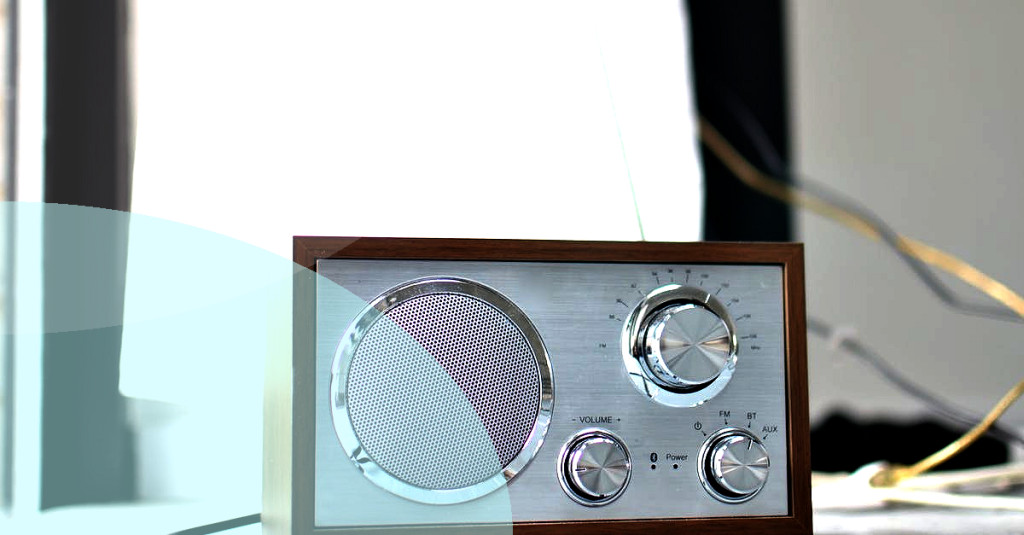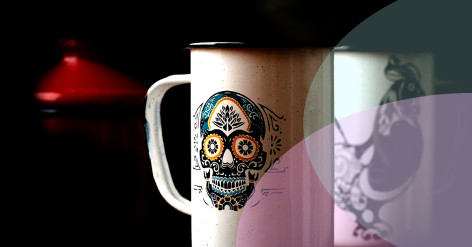A Guide to Making Your Own Jewelry: From Beading to Wire Wrapping

Introduction: The Allure of Handcrafted Jewelry

Chapter 1: Starting Off with Beading
Stepping into the world of jewelry making can be both an exciting and fulfilling experience for those who enjoy expressing their creativity and personal style. With various techniques like beading, wire wrapping, and metalwork, there truly is something for everyone. This guide aims to provide you with an understanding of these techniques and inspire you to start constructing your very own wearable art.
Subchapter 1.1: Materials You'll Need
Beading is considered one of the best entry points for jewelry making beginners, as it generally requires less specialized equipment and materials. Its ease of access combined with its broad range of possibilities makes for a fun and rewarding experience. Let's dive into the essentials of beading.
Subchapter 1.2: Stitching Methods and Design
While there are many bead types available, some commonly used materials include glass, plastic, metals, and semi-precious stones. In addition to beads, you'll need:
- Beading needle
- Beading thread or string
- Jewelry findings (e.g., clasps, earring hooks, jump rings)
- Bead mat (optional)
Fire Mountain Gems is an excellent online resource for sourcing beads, tools, and supplies.
Chapter 2: A Twist of Wire: Wire Wrapping Techniques

When beading, there are several popular stitches you can use to create innovative patterns and designs. Some of these stitches include:
- Peyote stitch
- Right-angle weave
- Brick stitch
- Herringbone stitch
Mastering these basic stitches will open the door to an endless array of gorgeous beaded jewelry creations.
Subchapter 2.1: Wire Wrapping Materials and Tools
Wire wrapping is a versatile technique that adds texture and movement to your handcrafted jewelry. With just some wire, pliers, and patience, you can create intricate wirework designs to make a stunning statement.
Subchapter 2.2: Basic Wire Wrapping Techniques
To start wire wrapping, you'll need:
- Wire in different gauges â such as 20, 22, and 24 gauge â which can be found in different materials like copper, brass, and silver
- Wire cutters
- Round nose pliers
- Flat nose pliers
Rio Grande offers a wide selection of wire, tools, and other jewelry making essentials to get you started.
Chapter 3: Forging Ahead: Metalwork and Metal Clay
Three fundamental wire wrapping techniques to master are:
- Wire looping
- Wire coiling
- Wire weaving
Once you're comfortable with these basics, you can develop more complex patterns and combine your wire-wrapping skills with beading to create breathtaking, one-of-a-kind pieces.
Subchapter 3.1: Metalwork Basics
For those interested in delving into metalwork and metal clay techniques, this chapter provides an introduction to broadening your jewelry-making horizons.
Subchapter 3.2: Metal Clay Innovations
With multiple metal-forming techniques, like forging, stamping, and soldering, the creative possibilities are endless. Tools and supplies required for metalwork include:
- Basic hand tools (e.g., hammers, saws, files, drills)
- Soldering equipment
- Stamping tools
- Metal sheets or wire in various thicknesses and materials
Metal clay is a versatile and moldable medium that can be used to create unique jewelry designs. It consists of finely powdered metal particles, an organic binder, and water, forming a clay-like substance. Once fired, the binder burns off and an intricately detailed metal piece remains.
Various metal clay types are available, including silver, gold, copper, and bronze, allowing for a wide range of creative options.
To start working with metal clay, you'll need:
- Metal clay in your preferred material
- Clay-specific tools like a roller, texture mats, and cutting implements
- Kiln or torch for firing
Venturing into the realm of jewelry making grants you entry to a world of self-expression and endless possibilities. From beading to wire wrapping, and metalwork to metal clay, the choices are limitless. Indulge in your creativity, and don't be afraid to explore new techniques and materials. As you reach new milestones and gain confidence in your skills, you'll discover the joy and satisfaction that comes with crafting your own unique jewelry masterpieces.






